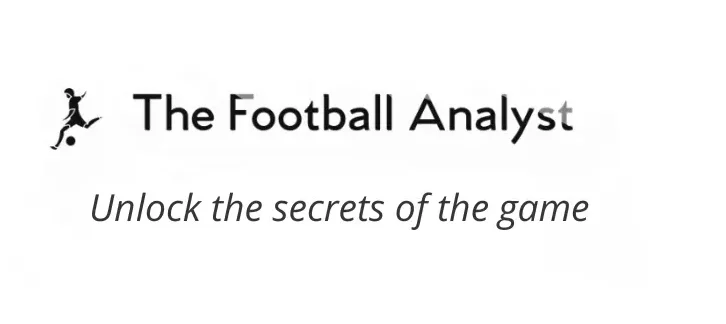In the modern game, data is everywhere. From expected goals (xG) to progressive passes, analysts and coaches have access to a wide range of metrics to evaluate performance. Among these, one often underrated but highly revealing statistic is touches in the opposition box. This metric, though seemingly simple, offers valuable insights into a team’s or player’s offensive threat and ability to consistently create danger in key areas of the pitch.
What Are “Touches in the Box”?
A “touch in the box” refers to any time a player makes contact with the ball inside the opposition’s penalty area. These touches can come in various situations: during open play, after a cross, through a dribble, or even following a set piece. While the action might not always result in a goal attempt, consistently reaching these zones is often the precursor to dangerous moments.
Why It Matters
Touches in the box are a proxy for territorial dominance and attacking intent. Teams that regularly get players on the ball in the final third – especially inside the 18-yard box – are more likely to create high-quality chances. The more frequently a team operates in this zone, the more pressure they exert on the opposition’s defense.
This metric is also a strong indicator of a team’s tactical efficiency in the final phase. Whether through positional play, direct attacks, or counter-attacks, the ability to deliver the ball to threatening areas consistently separates elite attacking teams from the rest.
Link to xG and Shot Quality
Touches in the box are closely correlated with expected goals (xG). Most high xG chances come from within the penalty area. If a team has high xG values but few touches in the box, it likely relies on rare moments or long-range attempts. Conversely, a team with a high volume of touches in the box is likely creating sustained pressure and quality chances over time – even if the goals don’t immediately reflect it.
Tactical Implications
1. Player Roles and Movement
Teams with high touch volumes in the box often use dynamic attacking patterns, including:
- Third-man runs from midfielders.
- Wide overloads leading to cut-backs.
- False nines or inside forwards receiving between lines and penetrating.
- Fullbacks delivering from the byline or underlapping.
2. Pressing and Recovery
More touches in the box can also reflect the effectiveness of counter-pressing systems. Teams like Manchester City or Liverpool win the ball high and quickly flood the box with numbers, resulting in multiple consecutive touches and shooting opportunities.
3. Space Occupation
Positional play principles encourage controlled occupation of key zones, especially the half-spaces and the central corridor just outside the box. Once these areas are accessed, it becomes easier to play into the box with runners arriving at optimal timing.
Player-Level Analysis
From a player perspective, touches in the box are a useful measure of attacking involvement beyond traditional stats like goals or assists. Forwards like Erling Haaland, who consistently record high box touches per 90 minutes, are typically central to their team’s finishing structure.
Midfielders such as Jude Bellingham or Cole Palmer, who frequently arrive late in the box, also post high numbers – showing not only creativity but also direct threat.
Limitations and Context
While useful, touches in the box should always be viewed in context:
- A team may have many box touches but low xG due to poor shot selection.
- Some styles, like deep counters, might yield fewer box touches but more efficient ones.
- Quality matters more than quantity – a chaotic scramble can inflate numbers without real threat.
Conclusion
Touches in the opposition box may not be as widely discussed as xG or possession percentages, but they provide a clear, actionable indicator of attacking pressure and intent. Whether used to evaluate team performance, assess an individual forward’s involvement, or track tactical effectiveness, this metric helps bridge the gap between territory and chance creation.
In a sport where small margins define success, understanding who is getting the ball in the most dangerous areas – and how often – is essential for any serious football analyst.
